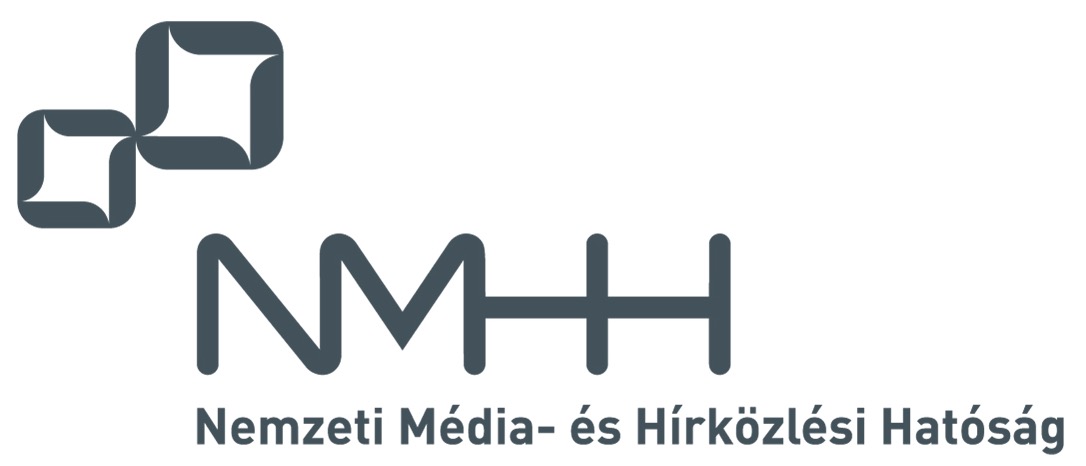Yasir Ahmed Idris Humad, and Levente Dudás
Wide Band Spectrum Monitoring System from 30MHz to 1800MHz with limited Size, Weight and Power Consumption by MRC-100 Satellite
Today, the usage of radio frequencies is steadily increasing based on the continuous development of modern telecommunication technologies, and this, in turn, increases the electromagnetic pollution not only on Earth but also in space. In low Earth orbit, electromagnetic pollution creates some kind of difficulty in controlling nano-satellites. So it is necessary to measure the electromagnetic pollution in the Low Earth Orbit. The basic aim of this paper is to present the capability of designing and developing a PocketQube-class satellite 3-PQ 5 x 5 x 15 cm as a potential continuation of SMOG-1, the fourth satellite of Hungary. The planned scientific payload of MRC- 100 is a wideband spectrum monitoring system for radio frequency smog in the frequency range of 30-2600 MHz on Low Earth Orbit (600 Km). In this paper, we have executed qualifying measurements on the whole system in the frequency range of 30-1800 MHz (first phase), and we calibrated its broadband antenna with a measurement system. We present the capabilities of the wideband spectrum monitoring system to measure radio frequency signals, with the limited size, weight, and power consumption of the designed system. The working spectrum measurement system was tested on the top of the roof of building V1 at BME University and An-echoic chamber, we were able to show that there is significant radio frequency smog caused by the upper HF band, FM band, VHF band, UHF band, LTE band, GSM band, 4G band, and UMTS band. This is relevant to the main mission target of MRC-100.
Reference:
DOI: 10.36244/ICJ.2022.2.6
Please cite this paper the following way:
Yasir Ahmed Idris Humad, and Levente Dudás, "Wide Band Spectrum Monitoring System from 30MHz to 1800MHz with limited Size, Weight and Power Consumption by MRC-100 Satellite2, Infocommunications Journal, Vol. XIV, No 2, June 2022, pp. 56-63., https://doi.org/10.36244/ICJ.2022.2.6





